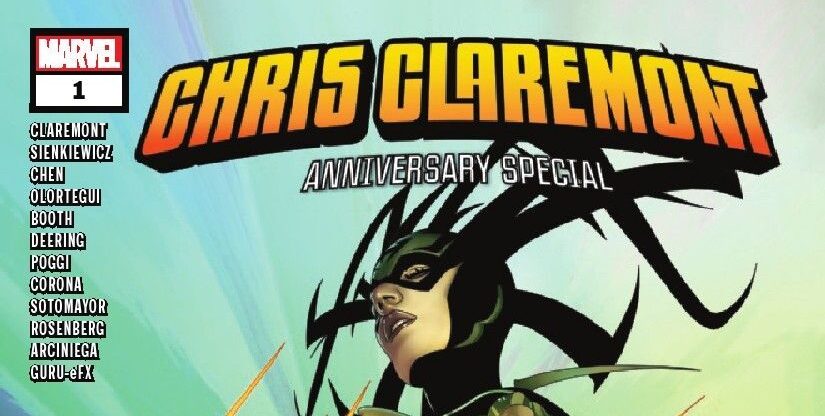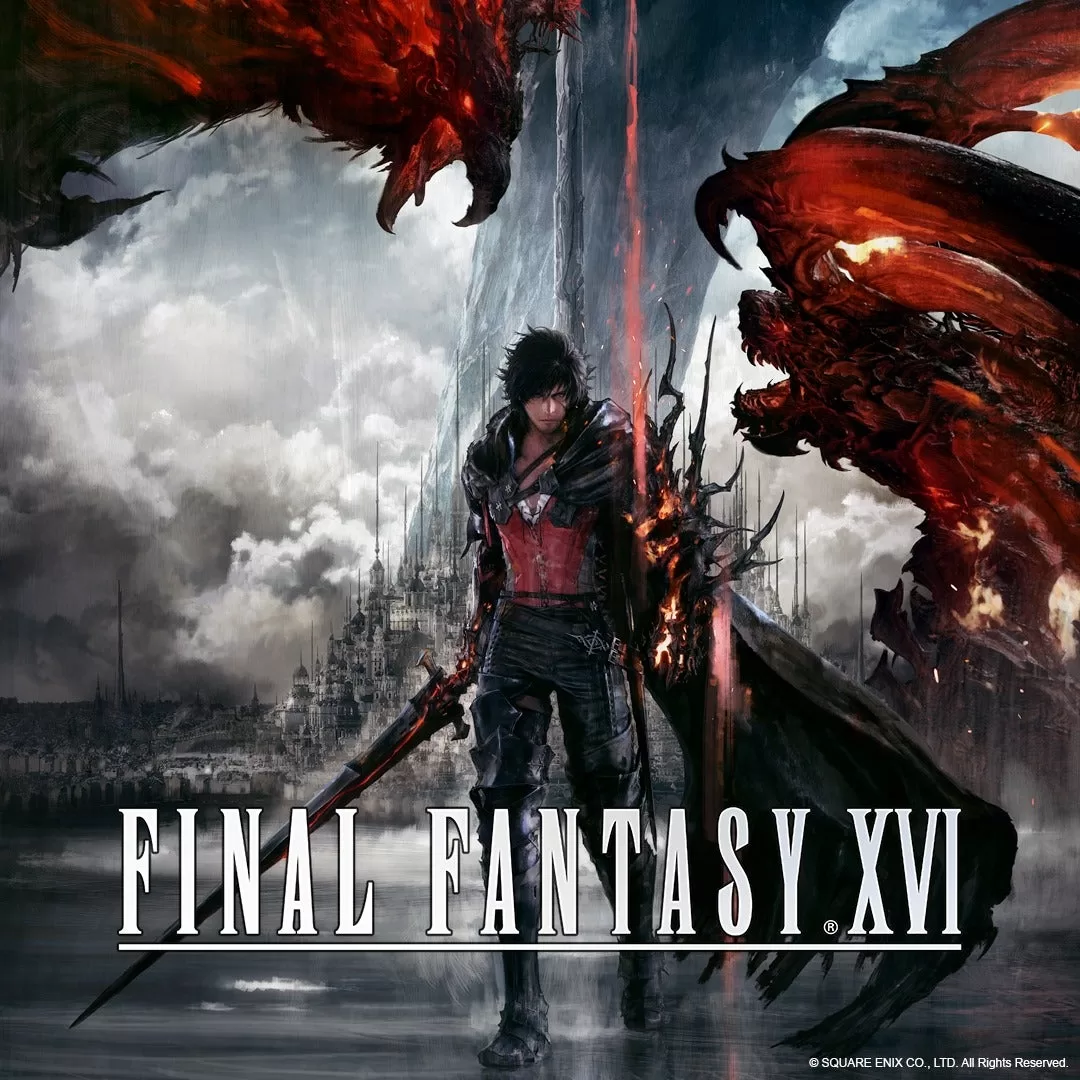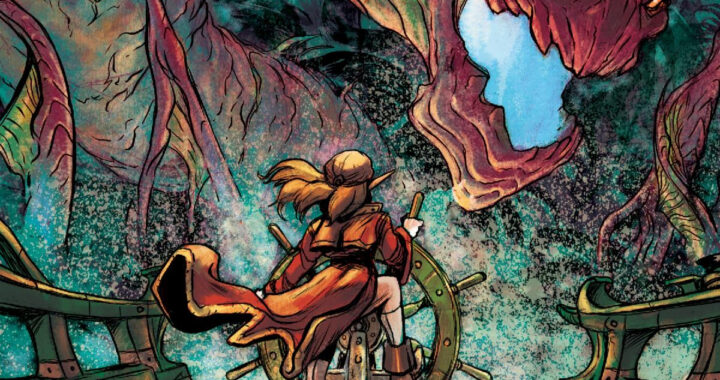
REVIEW: Chris Claremont Anniversary Special #1
 At first glance, the title of this comic may raise questions for even experienced X-Men fans. If you’re looking at the title of this comic and wondering why Chris Claremont has an anniversary special in January of 2021, you’re not alone. This book was originally scheduled for 2020, the actual fiftieth anniversary of Chris Claremont’s career at Marvel, but it was moved to this year because of delays. One might also be curious about the timing of this, given that Claremont’s first published comic was in 1973, and his first issue of the X-Men was released in 1975. The answer is that Claremont began work for Marvel several years before that, when he began work as an editorial assistant. However, even though Claremont’s fiftieth anniversary has passed by now, it is good to see Marvel recognizing the achievements of the single greatest writer ever to work on the X-Men.
At first glance, the title of this comic may raise questions for even experienced X-Men fans. If you’re looking at the title of this comic and wondering why Chris Claremont has an anniversary special in January of 2021, you’re not alone. This book was originally scheduled for 2020, the actual fiftieth anniversary of Chris Claremont’s career at Marvel, but it was moved to this year because of delays. One might also be curious about the timing of this, given that Claremont’s first published comic was in 1973, and his first issue of the X-Men was released in 1975. The answer is that Claremont began work for Marvel several years before that, when he began work as an editorial assistant. However, even though Claremont’s fiftieth anniversary has passed by now, it is good to see Marvel recognizing the achievements of the single greatest writer ever to work on the X-Men.
The Chris Claremont Anniversary Special is a 32-page issue, written by Claremont, that is designed to celebrate Claremont’s long career at Marvel. That sounds like a monumental task, given the sheer number of characters that he created or defined during his long tenure at Marvel. Though Claremont is best known for a 17-year run on Uncanny X-Men, he returned to that title twice in his later years, in addition to runs on titles such as X-Treme X-Men, New Mutants, Excalibur, Wolverine, and Exiles. Claremont also wrote titles outside of the X-Men franchise, including books like Fantastic Four, Marvel Team-Up, Ms. Marvel, and Spider-Woman. It would be virtually impossible to honor that much content in a single 32-page issue. As expected, the issue neglects quite a few of his contributions, focusing instead on key characters within the Claremont mythos. That’s perhaps the best way one possibly ever could do an issue like this, so massive is the Claremont legacy.
Salvador Larroca provides the cover for this issue, and he’s an excellent choice for this issue. Larroca is the single best artist Claremont has worked with since his first run on the X-Men, having established himself both on Claremont’s Fantastic Four and X-Treme X-Men in the early 2000’s. The cover is solid enough, focusing on the most important characters in this anniversary issue, giving a decent idea of what to find between the pages. Larroca’s style has noticeably improved during his early days with Claremont, and his characters take on more definition than I remember from that time. The posing and layout work well, with each character looking distinct. Unfortunately, the background is bare and empty, relying on the coloring to make up the difference. The coloring is bright and vivid enough to give the impression of something more, but in the end, it’s a group of characters in action poses, running towards the camera. While not bad by any means, I would have wished for more from this cover.
Claremont is given the unenviable task of building a story that crosses almost fifty years of published comics. He does reasonably well with it, although it’s by no means flawless. Claremont’s solution is to develop a Dani Moonstar storyline that serves as the spine of the issue, as well as to explain why Dani is interacting with Claremont characters across space and time. That’s a plausible enough setup, and the involvement of the Asgardian goddess Hela adequately explains the situation. Moreover, it also accounts for any inconsistencies with the continuity in this story, and there are a few moments that raise questions (such as why Binary briefly transforms into her future self as Captain Marvel or why Dani refers to an event she was never involved in). Because it’s never explained how much of this is time travel and how much a dimension-hopping trip, there’s enough room to handwave away any inconsistencies as part of the cross-time adventure. That allows the reader to enjoy the story for what it is, a journey of self-discovery as Dani understands her true place as a Valkyrie. The basic premise is solid, though there are places where the execution doesn’t quite land, raises questions that took me out of the narrative, and even one unintentionally funny moment. Still, the overall story is enjoyable enough, the story structure is sound, and it’s nice to revisit some key moments from the past.
In the end, this book is a nostalgia trip, and the story makes no secret about the fact that it is a journey through Claremont’s greatest hits. There are moments when the narrative tries to offer more and serve something deeper than that, even if it doesn’t quite land. However, the purpose of the book is to be a nostalgia trip, and the book does offer its fair share of fanservice, especially for longtime Claremont fans who have read most of his work. Perhaps the best instance of this is in the Fantastic Four section, which features characters from his FF run as well as his Exiles run. As perhaps the only Valeria Von Doom fan I know of, it was good to see the character again, even as just an alternate reality version. However, there are also some notable flashbacks to his X-Men run, both to Claremont’s mid-80’s period and to the early Jim Lee period. It’s a solid cross-section of Claremont references, and the choice of villain is reasonable given Claremont’s history with the character. There are times when the narrative doesn’t quite connect, attempting to create a larger cosmic dynamic that doesn’t quite line up right. This book will probably be difficult for a newcomer to jump into, but new readers are likely not the target audience for this special anyway. Still, I do not regret having read this story, and Claremont fans may find something to enjoy even with these small concerns.
This issue involves four different art teams, one for each of the main segments of the special. Unfortunately, much as I wish I could, it is not possible to give accurate credit to everyone involved, because the credits do not clearly indicate just who was responsible for what part. Judging on the art styles, though, it appears that Bill Sienkewicz was responsible for the two Dani bookend segments, Sean Chen was involved with the FF scenes, Brett Booth illustrated the Jim Lee era scenes, and Diego Olortegui was responsible for the Carol Danvers sequence. This is a reasonable division of labor, and each of these artists proves up to their respective tasks. Sienkewicz is always welcome when he’s drawing a Claremont script, especially with Dani Moonstar as the protagonist. Sienkewicz maintains his quirky approach as well as a clear sense of storytelling and progression, and his style still meshes nicely with Claremont after all this time. There are times when the inking looks a little heavy, but this does suit the darker scenes, especially the moody horror scenes featuring Dani and Hela. Sean Chen is an excellent fit for the FF portion, as his lighter style suits the classic superheroics perfectly and he accurately recreates the tone of the Heroes Return era. The storytelling is by the numbers, but it does exactly what it should, balancing the large cast while showcasing big superhero action scenes. The Carol Danvers scenes worked for me the least visually, as it’s the least internally consistent of the four parts. The linework looked a bit rougher and sketchier (though possibly the inking may have played a role in this), and there are moments where Dani doesn’t look in line with the other sections or even different panels within the same scene. For the Jim Lee era scenes, Brett Booth does rather a capable job, and his work is much more polished than I’ve seen in some time. He does an excellent job of capturing the Lee aesthetic, as one might expect, given his past involvement with Wildstorm. However, there’s also a modern edge that he brings to these scenes, and the rain effects and energy effects provide greater impact to each panel. Although I can’t properly credit the colorists because of the poor crediting by Marvel, I can add that the coloring work is solid in each section, with appropriate lighting and tone that suits each era presented in the script.
Lastly, I’ll briefly discuss the last member of the team and the one consistent voice aside from Claremont, and that is the letterer for this issue. As much as this issue is Claremont’s anniversary, Tom Orzechowski deserves significant credit for his contributions to Claremont’s career over the decades. Claremont’s prose, while excellent, can often be extremely verbose, and Orzechowski has always been the finest letterer that he’s ever worked with. Everything is cleanly presented and readable when Orzechowski is lettering Claremont, and even his denser scripts are balanced with the art and the visual storytelling. That remains the case here, especially during scenes with a large cast of characters delivering Claremontian prose, and even those scenes are effectively managed by the lettering. There are also moments where Orzechowski does some good artistic work with his fonts and balloon coloring, and the Hela scenes particularly give him more room to shine as a letterer. In my eyes, while Claremont is the star of the show, Tom Orzechowski deserves to be honored as well, and he remains to this day one of my favorite letterers in the business.
The Chris Claremont Anniversary Special is very much a Chris Claremont comic, and that’s perhaps the most effective way I can use to describe it. This is definitely a book written with the experienced Claremont fan in mind, and I wouldn’t recommend reading it without some grounding in his previous work. For some books, that might be considered a negative, but in this case, the book has a clear audience in mind, and the book effectively hits those notes. There are rough patches in the issue, both in the writing and the art, but also some fascinating ideas and enjoyable callbacks to Claremont stories and characters that I’ve loved. If fanservice and nostalgia are not your thing, this book likely won’t be either. However, if you’re interested in Claremont’s writing and his journey as a writer, the anniversary special may offer a decent amount of value.
Score: 3.5/5
Publisher: Marvel Comics
Writer: Chris Claremont
Pencillers: Bill Sienkewicz, Sean Chen, Brett Booth, and Diego Olortegui
Inkers: Marc Deering, Roberto Poggi, and Adelso Corona
Letterer: Tom Orzechowski
Colorists: Chris Sotomayor, Rachelle Rosenberg, Erick Arciniega, and Guru-eFX
Author Profile
- Steve Sellers had been a fan of superheroes ever since Superman: The Movie. But it took the JSA, the Legion of Super-Heroes, Dragonlance, Lord of the Rings, Twilight Zone, and Chris Claremont's legendary run on the X-Men to make him a writer and a longtime fan of comics, fantasy, and science fiction. Steve is the co-creator of WHITE DRUID & MICHAEL NERO and GUARDIANS OF ELAYIM for Omen Comics, and he is also the creator of BLITZ and SHOCKWAVE for Revelation Comics (an imprint of Omen Comics).









